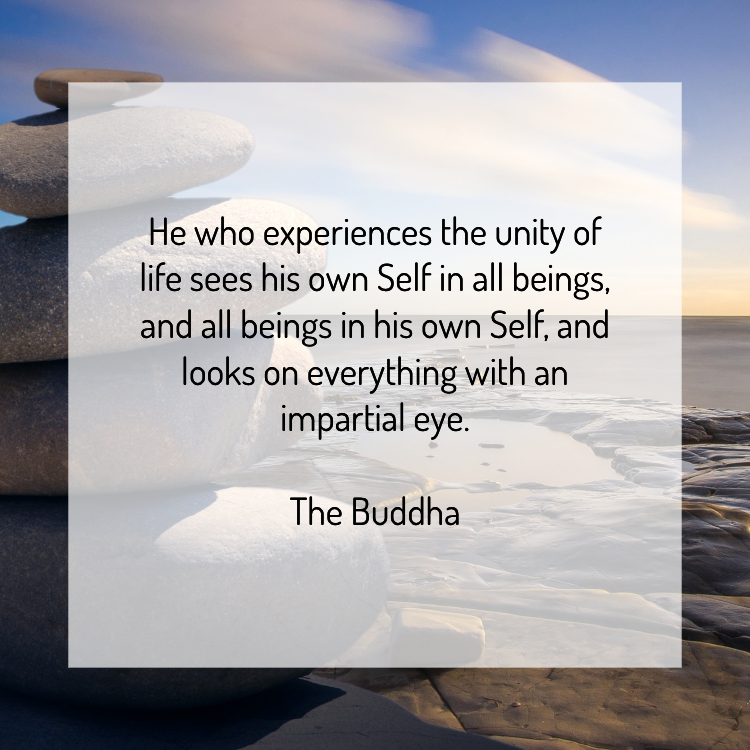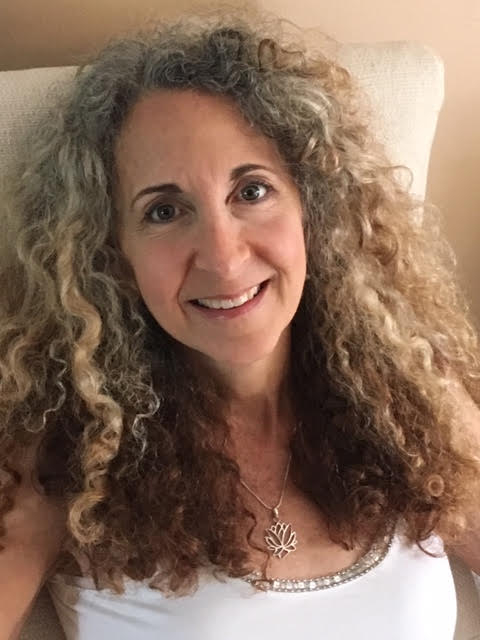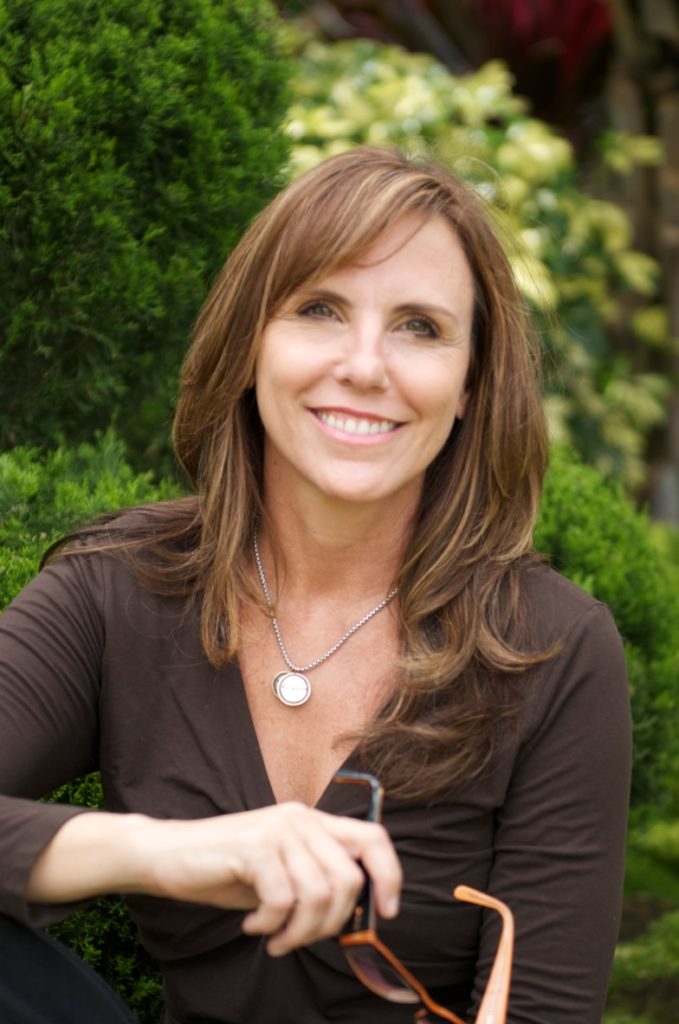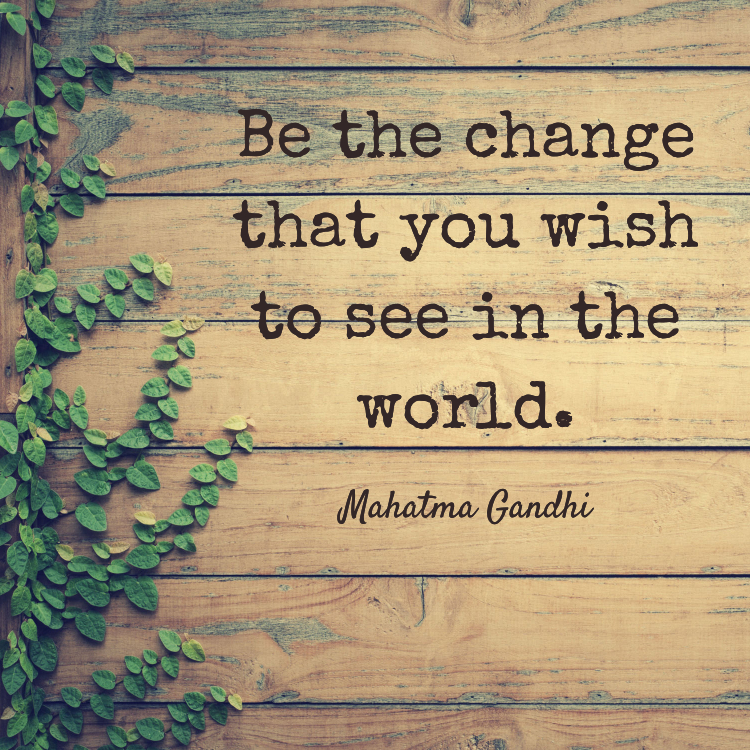
How do can we cope, with equanimity, to a stressful and unexpectedly large change in our life? I’ve had a very slowly progressing health issue for the last 30 years that has been kept under control (I believe) by a pristine lifestyle of plant based whole foods, 4-6x per week exercise, and, for the last 20 years, a daily breath and meditation practice. So when my condition started to progress to the point of affecting my life unacceptably, I sought out a functional medicine doctor who suggested I take a soil-based probiotic. Unfortunately, taking this supplement set off a severe immune response causing debilitating symptoms.
For the last year and a half I have been slowly climbing out of this health crisis – for the first 10 months I was barely able to eat, unable to lift my arms, and at times barely able to work. Taking a shower and washing my hair was a big daily event! Anyone who knew me before I got ill would describe me as a health nut who was very energetic and fit. So seeing me, for months on end, wasting away and unable to get off the couch was far away from how I, and others, identified me.
It’s been a difficult and slow road to getting well. But during this last year and a half, my stable yoga practice of daily breathing and meditation have been my life-line to equanimity and wellness. One of the teachings I received about these practices is that we want to dig deepest into our practice when things are good so that our practice accelerates through the stability of wellness. Then, if something happens, you are ready!
The philosophy of the Yoga Sutras of Patanjali tells us that future suffering should be avoided. Well, of course, you might say! But that move away from suffering comes from doing the practices that help us understand the causes of our suffering and to learn to be free from them.
It also tells us that our identification with, and attachment to, the always changing physical world of ours, will lead to nothing but suffering. We fully identify with: I am this body, I am my experiences, I am my thoughts. The word in Sanskrit for this always changing phenomenon is parinama and it means that everything that is manifest, from the most subtle (like thoughts) to the most gross (like our bodies), is always under going change.
During this time of illness, I’ve never had a harder practice then to just let go and accept how things are. Being attached to my old view of self led to nothing by suffering. People often asked me how I was able to keep such a positive outlook. My response was, “Well, if I don’t use this illness toward positive transformation than all there is from it is suffering.”
Through yoga practice, I feel fortunate to have cultivated a deep connection with something other than the material – to an unchanging consciousness, to deep wellbeing, to embodied light. So my work has been to consistently shift my identification more fully to this unchanging aspect, to fully identify with it as my truest, deepest self, and to simply acknowledge – but not identify with – the other thoughts and longings that arise and grow from attachment or aversion.
May you be peaceful and happy
May you be strong and healthy
May you lead a life filled with joy and ease
Please see my previous article about the pain versus suffering:
https://sacredtreehouse.org/2019/05/week-18-allowing-pain-suffering-to-be-our-guides/

Kathy Ornish is a practicing and certified yoga therapist (c-IAYT) and a certified yoga teacher at the E-RYT-500 level. She offers one-on-one Yoga Therapy at Sacred Treehouse, as well as occasional yoga therapy workshops. Kathy’s yoga therapy practice involves addressing individual’s structural, physiological, and emotional conditions. Her primary emphasis in all her teaching is the breadth of the yoga tradition using the appropriate application of the many tools of yoga in hopes that she can help people realize their highest potential.



